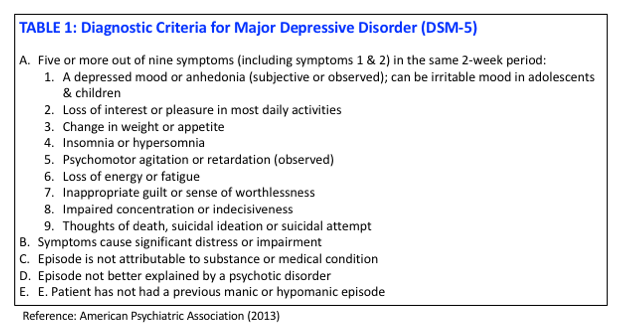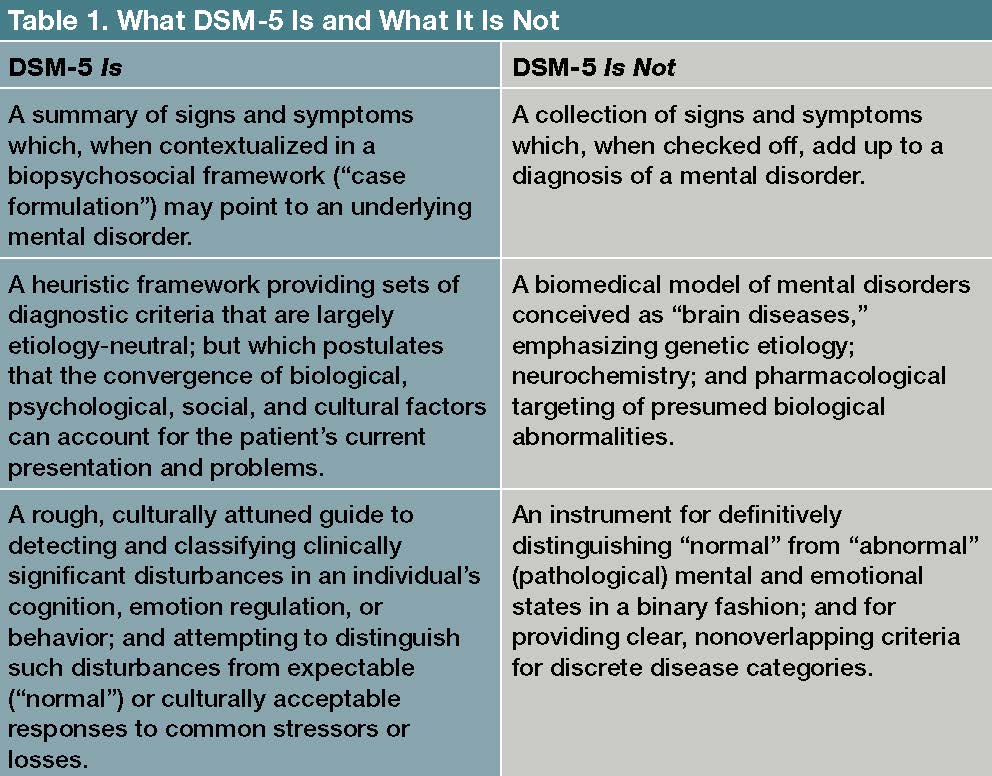

In addition to psychotic features, schizoaffective disorder has significant mood symptoms. 2017 7(3):e1053.Schizoaffective disorder is, like schizophrenia, a psychotic disorder. New dimensions and new tools to realize the potential of RDoC: digital phenotyping via smartphones and connected devices. The impact of treatment decisions on the diagnosis of bipolar disorders. Innovations and changes in the ICD-11 classification of mental, behavioural and neurodevelopmental disorders.

Reed GM, First MB, Kogan CS, Hyman SE, Gureje O, Gaebel W, et al. Real-time mobile monitoring of the dynamic associations among motor activity, energy, mood, and sleep in adults with bipolar disorder.

Merikangas KR, Swendsen J, Hickie IB, Cui L, Shou H, Merikangas AK, et al. The prevalence and predictors of bipolar and borderline personality disorders comorbidity: systematic review and meta-analysis. 2019 7(1):5.įornaro M, Orsolini L, Marini S, De BD, Perna G, Valchera A, et al. Differences in mood instability in patients with bipolar disorder type I and II: a smartphone-based study. 2018 6(1):6.įaurholt-Jepsen M, Frost M, Busk J, Christensen EM, Bardram JE, Vinberg M, et al.

Smartphone-based objective monitoring in bipolar disorder: status and considerations. 2020.įaurholt-Jepsen M, Bauer M, Kessing LV. Bipolar disorders in ICD-11: current status and strengths. In this process, ethical issues are manifold in nature and require extensive and continuous discussion and evaluation.Īngst J, Ajdacic-Gross V, Roessler W. In the long run, it could become possible to arrive at a largely rater-independent precise examination of brain function by operationalizing these as well as other essential items of the psychopathological assessment and, in combination with the RDoC initiative, to more valid mental illness entities (Torous et al. Bipolar disorders seem to be a particularly well-suited candidate for this purpose, with their disease episode-dependent changes of motor activity and energy as major symptoms (Merikangas et al. Against this background, the possibilities of ambulatory monitoring and digital phenotyping, with the option of continuous passive multimodal acquisition of objective behavioral parameters in “real time” and "real-life", are becoming increasingly important (Faurholt Jepson et al. How will diagnostic criteria develop in the future, beyond ICD-11, with regard to "Bipolar and Related Disorders"? As long as diagnostic criteria continue to be primarily based on the traditional exploration of the psychopathological findings and illness history, progress towards more reliable and more valid disease entities seems to be limited. In this regard, ICD-11 has been helpful, as we are now able to diagnose a manic episode with a corresponding degree of severity even if the duration of symptoms is shorter than 1 week, due to treatment. In addition, up to now, being diagnosed as bipolar I or bipolar II was, to some extent, dependent on the therapeutic approach (Severus and Bauer 2014). 2019) between bipolar I and bipolar II disorder is not primarily due to a generally different diagnostic assessment between these two disorders (Bipolar I: on the occasion of acute treatment need for a manic or mixed episode Bipolar II: retrospective assessment of a hypomanic episode on the occasion of an acute need for treatment for a depressive episode), possibly resulting in a higher rate of "false positives" for hypomanic episodes-and therefore bipolar II disorder. 2016) and mood instability (Faurholt et al. It can also be questioned whether the difference in comorbidity with borderline personality disorder (Fornaro et al. For example, it is a matter of debate whether the course of the illness in bipolar II disorder, which is, in comparison to bipolar I disorder, predominantly characterized by depressive symptomatology, may simply be the logical consequence of the fact that the previous disease course of bipolar II disorder, compared to bipolar I disorder, as defined by the diagnostic "inclusion" criteria, also favors the depressive pole. It also remains an open question whether the diagnosis of bipolar II disorder, although clinically helpful, is indeed an independent, valid disease entity, as postulated by ICD-11-or whether it represents, at least in part, primarily the result of methodological differences concerning the diagnosis of bipolar I and bipolar II disorder.


 0 kommentar(er)
0 kommentar(er)
